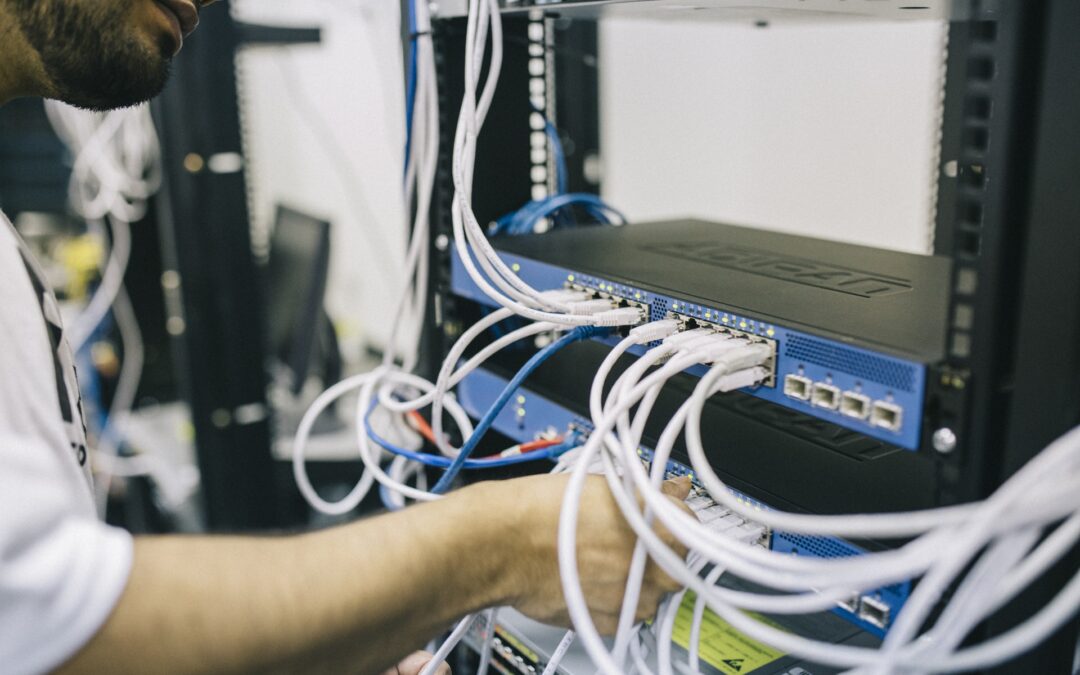Our mystery AVIT Engineer hunts for a technological solution to cable mayhem onboard
Left to their own devices (and they really do seem to have minds of their own), cables can completely take over. Not only does this ruin the beautiful aesthetic of a superyacht, it can cause unnecessary downtime for the electronics on board and is potentially dangerous, with faulty wires a clear fire-hazard. None of this pleases an owner.
How the cables will be organised should be a major part of the thought process behind all installations. This is because simple considerations, in the beginning, can prevent big problems further down the line, such as losing continuity or damaging insulation. However, when the time is at a premium cabling is often given the back seat, leaving us engineers with a big, wirey mess.
Most solutions to this problem seem to involve getting an external company to come in and sort out your cables for you. I am not necessarily against this, I just want to know if with all this recent technological innovation there has been any innovation into better ways to keep technology’s by-product, the wiring, in order.

Wires onboard essentially need to be neat, organised and properly secured. The traditional way to do this is to manually trace each wire from its power source to the thing it is powering, and then use cable ties to neatly tie it down to a sturdy surface at roughly measured intervals along the way. But if there is any way that this process can be improved or automated, that would be a real time-saver for ETOs and AVIT Engineers industry-wide.
I also am not sure how advancements such as modern cable carriers, which can withstand longer travels, faster speeds, and heavier loads than ever before, affect the traditional rules of cable storage. Some things are still clear- for example that using separators is a good way to keep wires from becoming entangled, or that cables with incompatible outer jacket materials should be separated so that the harder material doesn’t wear down the softer. But more guidance on any rules which can now be disregarded would be good.
I’m aware that there are now companies who use special software to build a virtual 3D-cable routing model of a yacht, mapping out all cabling before it is executed. This software means that the installer can be clear of exactly where cables need to go and has no excuse to not abide by this. It sounds like the ideal solution, but would surely only be possible on a new build, and at what I imagine to be a great cost.
Hose, wire, and cable management and protection is also always a problem when in the marinas, as bulky wire bundles from the yacht often need to reach out to the marina’s power box. Laying these wires across the dock can create a tripping hazard, and thus possibly increase the boat owner’s liability. Therefore I am also interested to hear about the current best-practice for laying out wires at the marina.
ETO X features in our monthly digital magazine!
Every edition, we feature ETO X: The Anonymous Voice of ETOs, and gather industry responses to get their questions answered.
We would love to hear from you. To get in touch with your letters, email news@superyachttechnology.com
Be sure to subscribe to us for the latest anonymous letters and thoughts from ETOs and Engineers.


Hi ETO X,
Cabling is a subject I could talk about for hours (sounds fun right?). From my experience, cabling doesn’t get the respect that it deserves due to a range of factors (timeframe, budget, difficulty) which rarely ends well in the long run.
Please let me give you an example – I used to work in a large telecom building which had a colossal amount of ethernet and fibre cabling installed before I started. On one particular 60m+ run, the cable had been pulled through a pressure point at a junction of crossing cables and had actually burnt through the outer casing of an ethernet cable exposing the copper!
One of my pet peeves is cable ties and redundant cabling that has not been properly decommissioned.
The issues I have with cables ties is firstly 9/10 have poorly cut tails that leave your hands/arms looking like you have had a few rounds with a Bengal Tiger. Secondly, they are often over tightening to the point where the cables are compressed into each other (RIP to any fibre) with no chance of any additional cabling being installed in the future without either cutting them all off or running alongside starting another loom. My preferred fastenings are Velcro ties as they don’t have the ratcheting effect which leads to over tightening and the provide the ability to simply loosen them and run in an extra pair of cables without having to bundle the loom.
I have seen too many half-executed decommissions of cables that are no longer fit for reuse. This leaves extra weight, often looks untidy and can affect ventilation. Admittedly, stripping the cable out completely can be an impossible task unless in full refit mode, but best effort is always appreciated and will pay well in the future.
Will Price – Trainee Technical Support Engineer – OceanWeb Ltd